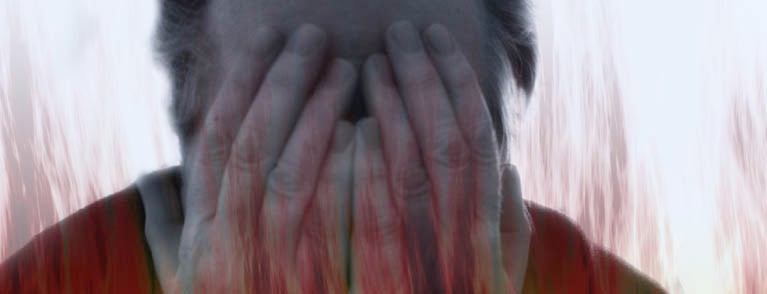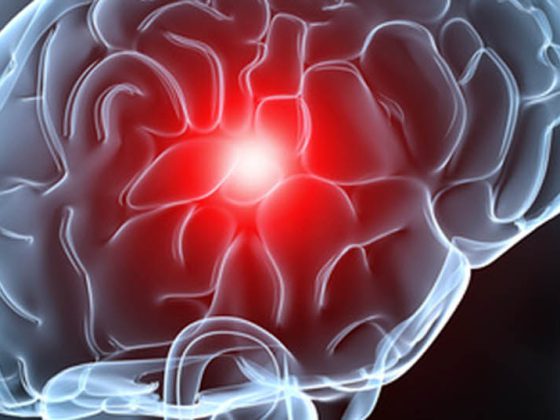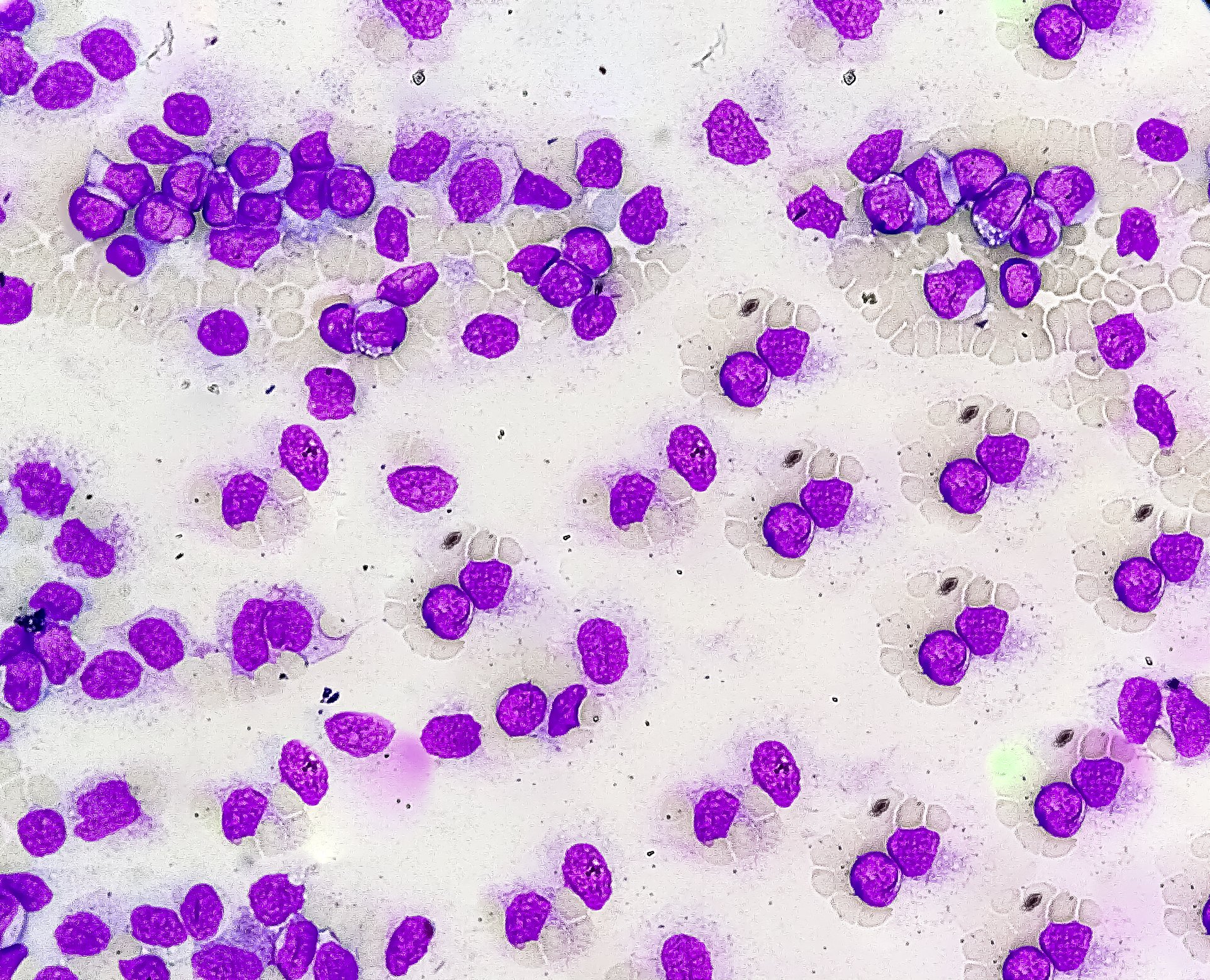On average, it takes seven years to consider multi-causality of chronic pain and appropriate multimodal therapy. This is often not done on the basis of positive findings, but according to the exclusion procedure. Successful treatment of the chronic pain patient is not possible without intensive examination by the physician of the patient’s subjective concept of illness.
In Switzerland, chronic pain affects about one sixth of the population (16%) and one in three households (32%). Although numerous advances have been made in pain research and pain therapy in recent decades, in hardly any other medical field is the gap between what could be achieved through appropriate treatment and what is actually achieved in standard care so wide. Various factors on the part of patients and the medical system are responsible for this. These and possible solutions are presented below.
The usual pain patient career
Many patients have a Cartesian understanding of pain, according to which only stimulation of peripheral receptors can trigger pain sensations and the intensity of the stimulus correlates 1:1 with the extent of the perceived pain. In doing so, they confuse the fact that such a “bell-strand model” applies broadly to acute pain, but not to chronic pain.
Chronic pain, which by definition lasts at least three to six months, has lost its warning and protective function. The pain has decoupled from what may have been an original peripheral nociceptive or neuropathic pain agent and develops its own disease value. If the physician subscribes to the reductionist, one-dimensional stimulus-response principle of the patient and complies with the resulting demands for somatic and surgical clarification and intervention, there is a risk of further somatic fixation or even iatrogenic damage. The fact that the patient always receives feedback on what he is not suffering from, but not what he is suffering from, further unsettles him, often resulting in several changes of doctor within a wide range of disciplines. On average, it takes seven years to consider multi-causality of chronic pain and appropriate multimodal therapy. In most cases, this is not done on the basis of the collection of positive findings – but rather according to the exclusion procedure.
Until then, the patient remains convinced that the pain can only be treated medically by eliminating the pathogenic cause. He takes the passive patient role, possibilities of influencing the pain based on his own behavior are negated. In order to avoid acute pain, movements are further restricted, resulting in a vicious circle of pain, immobility, exaggerated protective behavior (sometimes also biting through) and even more severe pain. The pain patient increasingly withdraws from his everyday life and environment, there are pronounced psychosocial problems such as job loss, couple conflicts or social isolation and this leads to a further increase in pain.
The importance of the subjective pain model
Successful treatment of the chronic pain patient is impossible without intensive examination by the physician of the patient’s subjective concept of illness. It cannot be expected that a simple “superimposing” of a medical-scientific concept over the patient’s long-standing convictions will work and that the patient will permanently follow the resulting treatment recommendations.
Subjective concepts of illness and treatment strategies must be regularly reviewed jointly by physician and patient and, as far as possible, brought into line with the currently valid biopsychosocial model of illness. Patients’ mostly Cartesian understanding of pain can be well extended and adapted using gate-control theory (although it is outdated in various areas). This shows the patient how the transmission of pain impulses originating in peripheral nociceptors in the spinal cord is inhibited by both peripheral pathways and pathways descending from the brain, thus allowing the brain to decisively influence peripheral pain perception. Subsequently, the patient can be introduced to a more modern pain model on the basis of pain phenomena that cannot be explained by the one-dimensional stimulus-response principle (e.g. phantom pain, analgesia during and shortly after severe traumatization, placebo effect, pain reduction with distraction).
Of course, such educational measures are extremely time-consuming and cannot be implemented within seven minutes (i.e., the time that a general practitioner has on average for a patient consultation). In the long run, however, this additional time “investment” “pays off” several times over. It improves the patient’s compliance with the further (non)undertaken clarification steps and therapy recommendations and thus also the prognosis enormously. Research has shown that when patients go to a pain clinic, they consider the physician’s explanation of their pain condition to be as important as the pain treatment itself [1, 2].
The somatoform misunderstanding
As long as phenomena such as pain-breathing, pain-expansion and pain-memory are concerned, patients and physicians usually show a good biopsychosocial understanding of the disease. Pain is then considered to be central nervous perception and thus a psychophysical process. The diagnosis “Chronic pain disorder with somatic and psychological factors” (ICD-10 F45.41) is also usually accepted without hesitation if this is understood to mean psychological consequential problems after pain that is initially somatically caused.
However, the diagnosis “persistent somatoform pain disorder” (ICD-10 F45.40), in which physicians sometimes throw overboard any biopsychosocial understanding of the disease and the view of pain as a psychophysical perception and sensation, causes complete confusion. This diagnosis usually subsumes pain patients in whom various somatic examinations in the periphery (i.e., at the site where the patient claims to “feel” the pain) have not yielded pathological findings and the patient has been unable to report pain relief even in response to interventional measures.
After the exclusion procedure, patients are then referred to psychiatrists for psychotherapeutic treatment of psychogenic pain, possibly together with the above-mentioned diagnosis with the question of exclusion of simulation.
The union of body and psyche
In the past, pain was considered to be organically caused if, for example, radiological or microscopic pathological changes could be detected. In the absence of visible structural changes, the term psychosomatic or psychogenic pain was used. With the help of new methods such as functional imaging, the boundary between the “organic” and the “psychic” has shifted significantly in recent years, if it has not already been completely abolished. Thus, in patients with somatoform pain disorder, significantly altered cerebral pain response and pain processing patterns have been demonstrated in the complete absence of explanatory peripheral correlates [3]. These patients show a cerebral hyperalgesia, in which already the tension of the own muscle tone is perceived as pain. It must be assumed that there is a plastic central pain matrix, which shows varying degrees of activity due to individual disposition and previous experience [4, 5].
The multimodal pain therapy
According to the biopsychosocial model, the development, course and prognosis of chronic pain depend on physical, psychological and social interactions. Due to this complexity of the pain disease, a multimodal, holistic treatment is the most effective and promising form of therapy. The integration of various disciplines into an interdisciplinary team allows for optimal treatment with individually designed therapy plans. Treatment can be provided on an outpatient, partial inpatient or full inpatient basis.
The following is an example of the range of services offered by the inpatient multimodal pain therapy of the competence area for psychosomatic medicine at Bern Inselspital, which is generally designed to last three to four weeks:
- Interdisciplinary treatment by specialists in internal medicine, psychiatry, anesthesiology and orthopedics; individually, if indicated, also by other specialties such as rheumatology, urology, psychology, physiotherapy, occupational therapy and social work.
- Drug therapies (including frequent adjustments, changes, and discontinuation of non-indicated medications).
- Interventional therapies such as nerve blocks with local anesthetics
- TENS (Transcutaneous Electrical Nerve Stimulation)
- Biofeedback
- Pain diary
- Individual and group psychotherapeutic therapies, especially for learning pain, stress, and disease management strategies.
- Regular system discussions with relatives and the patient’s employer
- Individual and group physiotherapy sessions: Mirror therapy, Nordic walking, body and movement experience, endurance, coordination and strength training.
- Relaxation therapies (progressive muscle relaxation, breathing therapy, mindfulness, basic body awareness therapy, etc.)
- Occupational Therapy
- Social counseling to assist with professional and social issues.
Literature list at the publisher
Georgios Kokinogenis, M.D.
InFo NEUROLOGY & PSYCHIATRY 2013; 11(3): 14-16.











